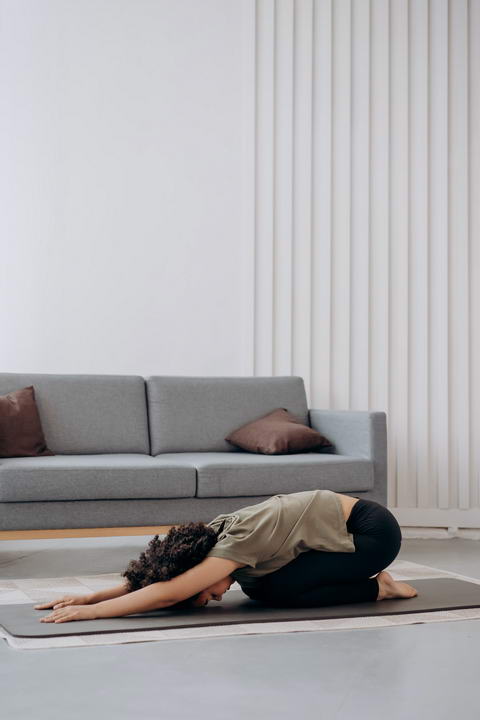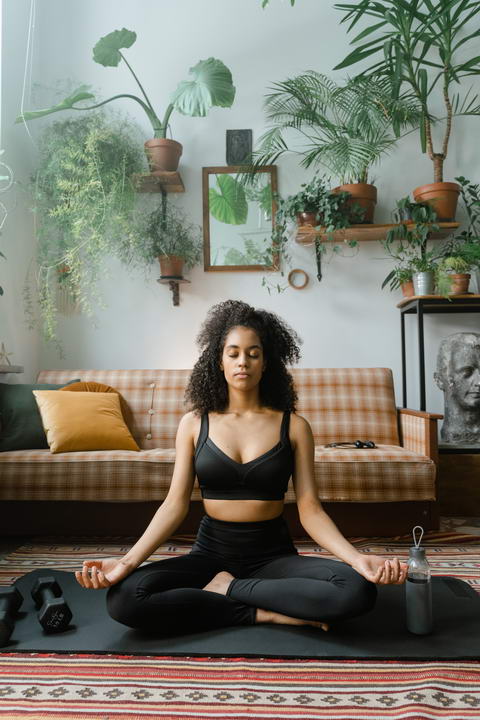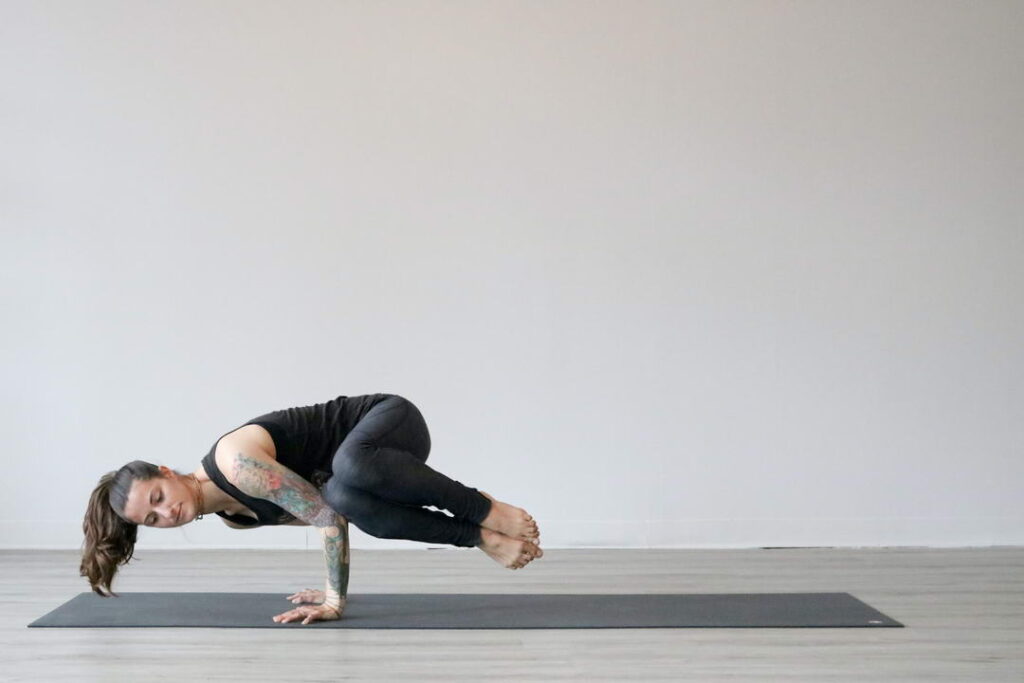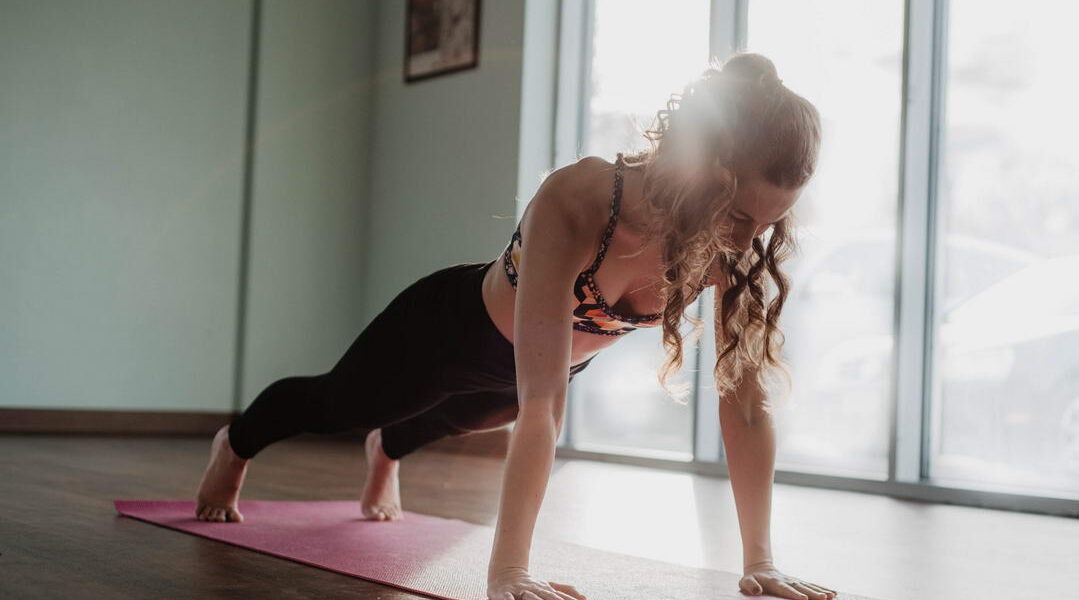
Is it okay to do yoga at home?
Yes, it’s perfectly okay to do yoga at home. In fact, many people find practicing yoga at home to be convenient, comfortable, and effective. With the availability of online resources such as videos, apps, and virtual classes, you can access a wide variety of yoga practices tailored to your needs and preferences. Practicing at home allows you to create a personalized routine, go at your own pace, and practice in a space where you feel most comfortable. Just remember to listen to your body, practice safely, and enjoy the benefits of your home yoga practice.
Can you really learn yoga at home?
Yes, absolutely! Learning yoga at home is entirely possible and can be incredibly rewarding. With the availability of online resources, including videos, tutorials, and virtual classes, you can access a wealth of guidance and instruction from experienced yoga teachers right from your living room. Starting with the basics and gradually progressing at your own pace allows you to build strength, flexibility, and mindfulness over time. It’s important to approach your home practice with dedication, patience, and self-compassion, honoring your body’s limitations and listening to its cues. While attending in-person classes can offer valuable guidance and feedback, a consistent home practice can deepen your understanding of yoga and provide profound benefits for your physical, mental, and emotional well-being.
How to do yoga at home?
To practice yoga at home, start by creating a dedicated space with enough room to move comfortably. Choose a time that works for you and commit to regular practice. You can follow online videos, apps, or yoga DVDs for guided instruction, or create your sequence using basic poses. Focus on proper alignment, breath awareness, and mindfulness. Use props like yoga mats, blocks, and straps as needed. Start with beginner-friendly poses and gradually progress as you become more confident. Listen to your body and modify poses as necessary. Enjoy the process and make your home yoga practice a personal journey of self-discovery and well-being.

What do you need to do yoga at home?
To practice yoga at home, you don’t need much equipment or space. Here’s what you’ll need:
- Yoga mat: A non-slip yoga mat provides a comfortable and stable surface for your practice, helping to prevent slipping and cushioning your joints.
- Comfortable clothing: Wear breathable, stretchy clothing that allows for ease of movement and flexibility.
- Quiet space: Find a quiet, clutter-free area in your home where you can practice without distractions. Ideally, choose a space with good ventilation and natural light.
- Props (optional): While not necessary, yoga props such as blocks, straps, and bolsters can be helpful for modifying poses and providing support as needed.
- Water bottle: Stay hydrated during your practice by keeping a water bottle nearby.
- Yoga resources: Access online yoga classes, instructional videos, or guided practices to inspire and guide your home practice. Many websites and apps offer a variety of classes and styles suitable for all levels.
Remember, the most important thing is to create a consistent and enjoyable practice that works for you. Whether you have a dedicated yoga space or simply roll out your mat wherever there’s room, practicing yoga at home offers the flexibility and convenience to cultivate health, wellness, and inner peace on your own terms.
Is doing yoga at home effective?
Yes, practicing yoga at home can be highly effective and rewarding. Home yoga practice offers numerous benefits, including convenience, flexibility, and customization. Practicing yoga at home allows you to create a personalized practice tailored to your needs, preferences, and schedule. You can choose the style, duration, and intensity of your practice, as well as modify poses and sequences to suit your level of experience and any specific goals or limitations. Additionally, practicing yoga at home provides a private and comfortable environment where you can focus on your breath, movement, and inner experience without distractions. With the abundance of online resources, including instructional videos, classes, and guided practices, it’s easier than ever to establish a regular home yoga practice. Consistency is key, so committing to a regular home practice can lead to significant improvements in strength, flexibility, balance, and overall well-being over time. Whether you’re a beginner or an experienced practitioner, practicing yoga at home offers a convenient and effective way to cultivate health, vitality, and inner peace.

How often should you do yoga at home?
How often you should practice yoga at home depends on your goals, schedule, and personal preferences. Consistency is key, so aim to establish a regular routine that feels manageable and sustainable for you. For some people, practicing yoga at home daily can provide a sense of grounding and continuity, helping to build strength, flexibility, and mindfulness over time. Others may find that practicing yoga a few times a week is more realistic and achievable given their schedule and commitments. Ultimately, the most important thing is to listen to your body and honor its needs. Whether you practice yoga daily, a few times a week, or even just once a week, what matters most is that you show up on your mat with intention and dedication. By committing to a regular home yoga practice, you can experience the many physical, mental, and emotional benefits of yoga and cultivate a deeper sense of well-being and vitality in your life.
How do you maintain practicing yoga at home?
Maintaining a yoga practice at home requires commitment, motivation, and a few key strategies:
- Establish a routine: Set aside dedicated time each day or week for your yoga practice. Consistency is key to building a habit, so try to stick to a regular schedule.
- Create a dedicated space: Designate a quiet, clutter-free area in your home where you can practice yoga comfortably. Decorate the space with inspiring elements such as candles, plants, or meaningful objects to enhance your practice environment.
- Set realistic goals: Be realistic about your time and energy levels, and set achievable goals for your home yoga practice. Start with shorter sessions and gradually increase duration or intensity as you become more comfortable.
- Find inspiration: Explore different styles of yoga, instructional videos, online classes, or guided practices to keep your practice fresh and inspiring. Experiment with new poses, sequences, or meditation techniques to stay engaged and motivated.
- Listen to your body: Honor your body’s needs and limitations, and practice self-compassion. Pay attention to how you feel during and after each practice, and adjust accordingly. If you’re tired or sore, opt for a gentler practice or take a rest day.
- Stay accountable: Hold yourself accountable to your yoga practice by tracking your progress, setting reminders, or sharing your goals with a friend or family member. Consider joining online yoga communities or challenges for added support and motivation.
- Be flexible: Be open to adapting your practice to suit your changing needs and circumstances. Life can be unpredictable, so be willing to modify your routine or practice time as needed to maintain consistency.
By incorporating these strategies into your daily life, you can establish a sustainable and fulfilling yoga practice at home that supports your physical, mental, and emotional well-being.
When should I do yoga at home?
The best time to do yoga at home depends on your schedule, preferences, and individual needs. Here are some suggestions to help you find the right time for your home yoga practice:
- Morning: Practicing yoga in the morning can help energize and invigorate you for the day ahead. A morning practice can set a positive tone for your day, helping you feel more centered, focused, and grounded.
- Evening: Practicing yoga in the evening can help unwind and relax your body and mind after a busy day. An evening practice can promote relaxation, reduce stress, and prepare you for a restful night’s sleep.
- Lunch break: If you have a busy schedule, consider squeezing in a quick yoga session during your lunch break. A short midday practice can help relieve tension, boost energy levels, and improve concentration for the rest of the day.
- Flexibility: Ultimately, the best time to do yoga at home is whenever it fits into your schedule and feels most comfortable and convenient for you. Whether it’s early in the morning, during lunch break, or in the evening before bed, prioritize a time when you can fully commit to your practice and reap the benefits of yoga for your physical, mental, and emotional well-being.
Experiment with different times of day to see what works best for you, and remember that consistency is key. By making yoga a regular part of your routine, you can experience the transformative power of this ancient practice in your daily life.

Is it better to do yoga at home or at a studio?
Whether to practice yoga at home or at a studio depends on personal preference and individual circumstances. Practicing at a studio offers access to experienced instructors, a dedicated space, and a sense of community, which can enhance motivation and accountability. Studios also provide opportunities to learn from different teachers and explore various styles of yoga. On the other hand, practicing at home offers convenience, flexibility in scheduling, and the ability to customize your practice to suit your needs and preferences. Home practice can be particularly beneficial for those with busy schedules or specific health concerns. Ultimately, the best approach is to find a balance between studio and home practice that works for you and supports your yoga journey.
Explore Meditation Retreats & Wellness Retreats
Explore Yoga Retreats with Tejomaia.com


